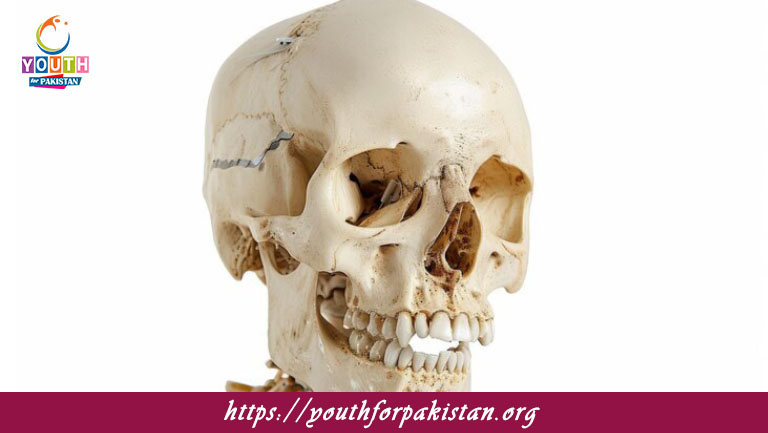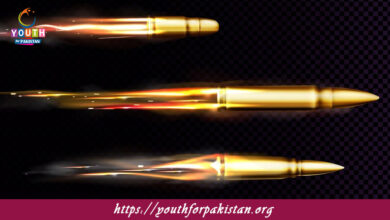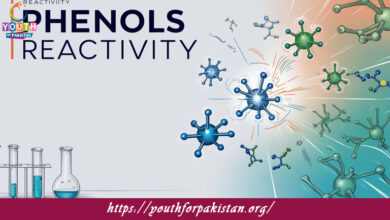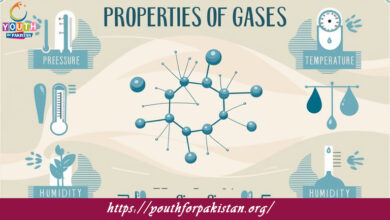Mechanism Of Skeletal Muscle Contraction MDCAT MCQs

Welcome to the Mechanism Of Skeletal Muscle Contraction MDCAT MCQs with Answers. In this post, we have shared Mechanism Of Skeletal Muscle Contraction Multiple Choice Questions and Answers for PMC MDCAT 2024. Each question in MDCAT Biology offers a chance to enhance your knowledge regarding Mechanism Of Skeletal Muscle Contraction MCQs in this MDCAT Online Test.
The process of muscle contraction is initiated by: a) Release of calcium ions
b) Release of acetylcholine
c) Breakdown of ATP
d) Interaction between actin and myosin
Calcium ions are released from which structure during muscle contraction? a) Sarcolemma
b) Sarcoplasmic reticulum
c) T-tubules
d) Myofibrils
The binding of calcium ions to which protein allows muscle contraction to occur? a) Actin
b) Troponin
c) Tropomyosin
d) Myosin
During muscle contraction, the cross-bridge cycle involves: a) Binding of actin to troponin
b) Binding of myosin to actin
c) Breakdown of calcium ions
d) Release of ATP
ATP is required for: a) The release of acetylcholine
b) The detachment of myosin heads from actin
c) The binding of calcium to troponin
d) The release of calcium from the sarcoplasmic reticulum
The sliding filament theory describes: a) The increase in muscle length during contraction
b) The movement of actin and myosin filaments past each other
c) The generation of electrical impulses in muscle fibers
d) The synthesis of new muscle proteins
Which of the following steps occurs first in muscle contraction? a) Release of calcium ions
b) Binding of myosin to actin
c) Hydrolysis of ATP
d) Power stroke
The power stroke is caused by: a) The release of calcium ions
b) The binding of ATP to myosin
c) The movement of myosin heads
d) The detachment of actin from myosin
The return of the myosin head to its original position is powered by: a) The binding of ATP
b) The hydrolysis of ATP
c) The release of calcium ions
d) The binding of actin
Tropomyosin covers the binding sites on: a) Myosin
b) Actin
c) Troponin
d) ATP
The role of the T-tubules is to: a) Store calcium ions
b) Transmit the action potential into the muscle fiber
c) Synthesize ATP
d) Anchor actin filaments
When a muscle fiber is at rest, the binding sites on actin are blocked by: a) Troponin
b) Tropomyosin
c) Myosin
d) Calcium ions
The cross-bridge cycle ends with: a) The release of calcium ions
b) The binding of ATP to myosin
c) The power stroke
d) The detachment of actin from myosin
Which molecule provides the energy for the power stroke in muscle contraction? a) Calcium
b) ATP
c) Actin
d) Myosin
The reuptake of calcium ions into the sarcoplasmic reticulum is powered by: a) ATP
b) Calcium ions
c) Actin
d) Myosin
Muscle relaxation occurs when: a) Calcium ions are released
b) ATP binds to myosin
c) Calcium ions are pumped back into the sarcoplasmic reticulum
d) Myosin binds to actin
The role of acetylcholine in muscle contraction is to: a) Bind to myosin
b) Activate calcium release
c) Generate an action potential
d) Break down ATP
Muscle contraction stops when: a) ATP is broken down
b) Calcium ions are depleted
c) Acetylcholine is released
d) Troponin binds to actin
Which structure releases acetylcholine into the synaptic cleft? a) Motor end plate
b) Axon terminal
c) Muscle fiber
d) T-tubule
The end of the power stroke is marked by: a) Release of ADP and Pi from myosin
b) Binding of ATP to myosin
c) The movement of actin filaments
d) The reuptake of calcium ions
The primary function of the sarcoplasmic reticulum is to: a) Store and release calcium ions
b) Provide energy for contraction
c) Transmit electrical impulses
d) Anchor myofilaments
Muscle fibers contract when: a) Calcium binds to tropomyosin
b) Myosin binds to actin
c) ATP is hydrolyzed
d) Troponin binds to myosin
The duration of muscle contraction is controlled by: a) The duration of the action potential
b) The amount of acetylcholine released
c) The speed of ATP hydrolysis
d) The reuptake of calcium ions
During muscle contraction, which band remains unchanged in length? a) I-band
b) A-band
c) H-zone
d) Z-line
The sliding of actin filaments is directly caused by: a) Myosin heads pivoting
b) Calcium ions binding to actin
c) ATP hydrolysis
d) Tropomyosin moving
The movement of the myosin head during the power stroke is powered by: a) The release of calcium ions
b) The breakdown of ATP
c) The binding of ADP and Pi to myosin
d) The release of acetylcholine
The T-tubules help in: a) Storing calcium ions
b) Transmitting the action potential to the interior of the muscle fiber
c) Providing energy for contraction
d) Synthesizing proteins
Calcium ions bind to which part of the actin filament? a) Tropomyosin
b) Actin itself
c) Troponin
d) Myosin
The detachment of the myosin head from actin is facilitated by: a) The binding of ATP
b) The release of calcium ions
c) The hydrolysis of ATP
d) The power stroke
Which of the following processes does NOT occur during muscle contraction? a) Sliding of actin filaments past myosin
b) Decrease in the length of the A-band
c) Hydrolysis of ATP
d) Release of calcium ions from the sarcoplasmic reticulum
The cross-bridge cycle involves: a) Actin binding to myosin
b) Myosin heads pivoting
c) Calcium ions binding to troponin
d) The release of ATP
Muscle relaxation is primarily caused by: a) The breakdown of ATP
b) The reuptake of calcium ions into the sarcoplasmic reticulum
c) The release of acetylcholine
d) The binding of actin and myosin
The role of acetylcholinesterase is to: a) Facilitate the release of calcium ions
b) Break down acetylcholine in the synaptic cleft
c) Provide energy for muscle contraction
d) Regulate the action potential
The primary role of myosin in muscle contraction is: a) To bind to actin
b) To release calcium ions
c) To provide energy
d) To transport acetylcholine
The muscle contraction cycle continues as long as: a) Calcium ions are available
b) ATP is present
c) Acetylcholine is released
d) All of the above
The sliding filament mechanism explains that muscle contraction results from: a) The shortening of thick filaments
b) The shortening of thin filaments
c) The sliding of thin filaments over thick filaments
d) The increase in filament length
The structural changes in the sarcomere during contraction include: a) Lengthening of the I-band
b) Shortening of the A-band
c) Shortening of the H-zone
d) Lengthening of the Z-line
If you are interested to enhance your knowledge regarding Physics, Chemistry, Computer, and Biology please click on the link of each category, you will be redirected to dedicated website for each category.





